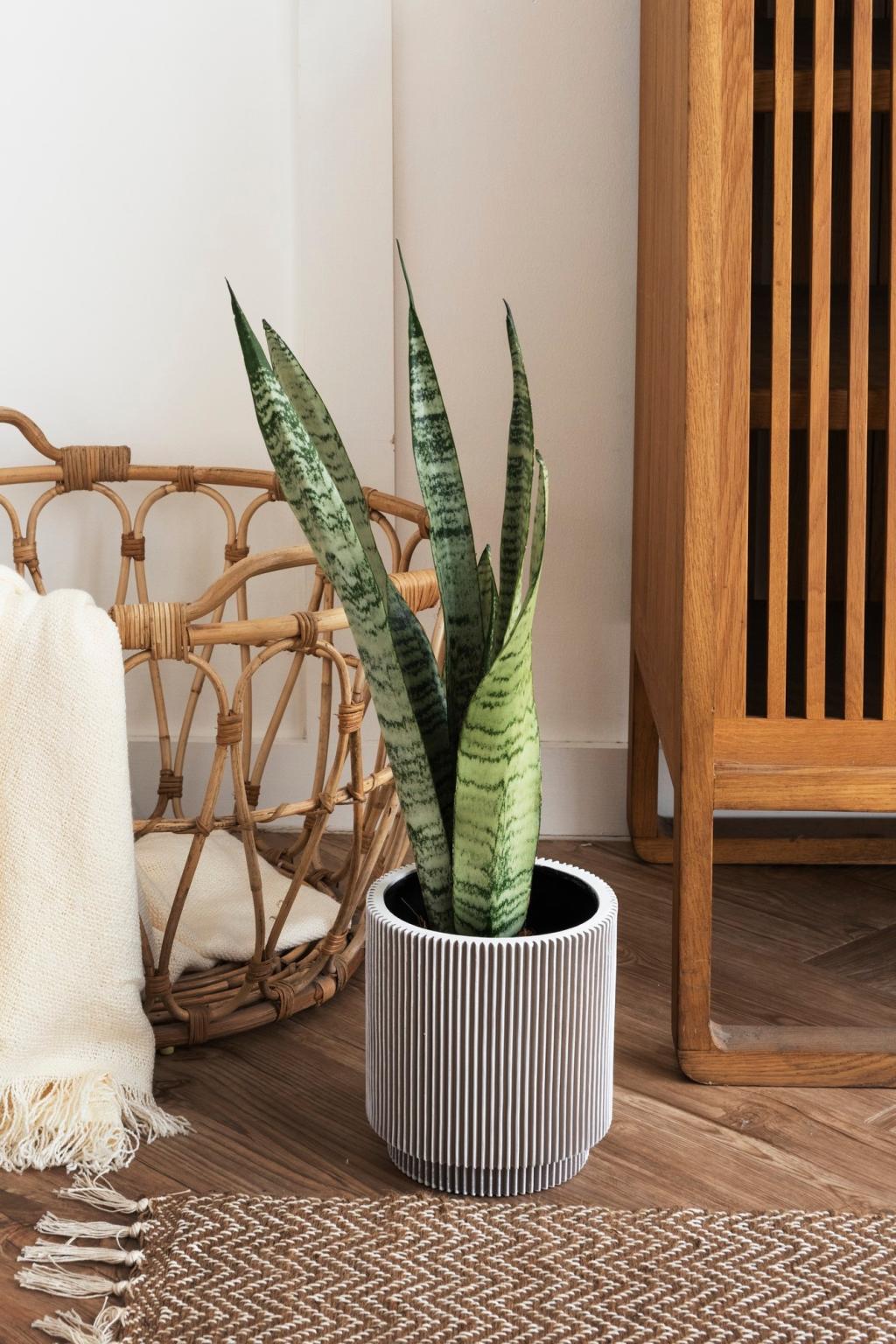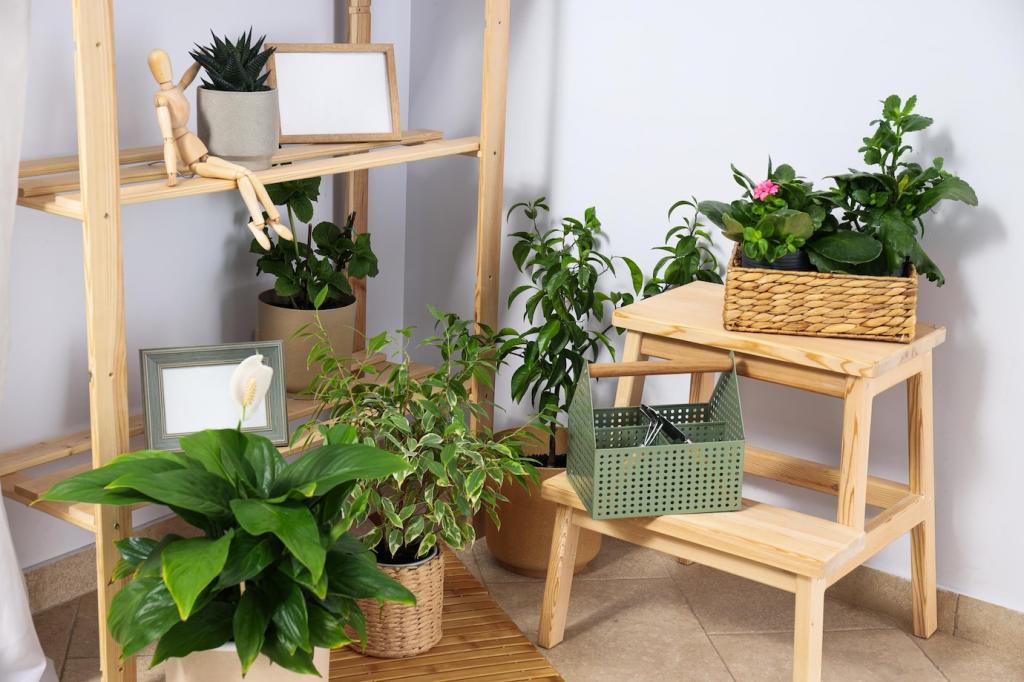
Sustainable Materials for Eco-Friendly Home Interiors
Chosen theme: Sustainable Materials for Eco-Friendly Home Interiors. Welcome to a home design journey where every surface, fiber, and finish is selected with care for people and the planet. Explore practical inspiration, honest stories, and science-backed guidance to craft rooms that feel beautiful, breathe cleanly, and last. Share your ideas, ask questions, and subscribe to follow our evolving, low-impact design adventures.


Why Sustainable Materials Matter Now
Beyond reducing emissions, sustainable materials can create a positive handprint—spaces that replenish rather than deplete. Think rapidly renewable bamboo, recycled glass, and FSC-certified wood. Each choice nudges supply chains toward responsibility. Share one material swap you are proud of, and inspire someone else to begin.
Why Sustainable Materials Matter Now
Many conventional finishes off-gas VOCs linked to headaches and poor sleep. Low-VOC paints, formaldehyde-free plywood, and natural fibers help protect indoor air. Health is design’s quiet foundation. What product labels or certifications still confuse you? Tell us below, and we will unpack them in upcoming posts.
Natural Textiles that Breathe
Organic cotton and linen regulate temperature, wick moisture, and age gracefully. They avoid synthetic pesticide residues and often carry GOTS certification for cleaner processing. Pre-wash to soften, embrace wrinkles as a lived-in luxury, and layer weights seasonally. Which palette helps you slow down at home: warm oatmeal or cool clay?
Natural Textiles that Breathe
Hemp grows fast with minimal inputs, blends beautifully with organic cotton, and brings durable strength to upholstery. Responsibly sourced wool cushions sound and naturally resists flames without added treatments. Together they create cozy, breathable rooms. Show us your hemp curtain or wool throw moment—tag your post and we will feature favorites.
Wood, Bamboo, and Cork Done Right
Choose FSC-certified solid wood to support forest stewardship. When budgets call for engineered panels, opt for CARB Phase 2 or TSCA Title VI compliant products to limit formaldehyde. Seal cut edges with low-VOC finishes. Have a sourcing win or headache? Share it—your experience can save someone else a misstep.
Wood, Bamboo, and Cork Done Right
Bamboo matures quickly, making it a rapidly renewable option. The catch is the binder: seek low-formaldehyde or no-added formaldehyde adhesives and third-party verification. A neighbor replaced a tired laminate with strand-woven bamboo and noticed quieter rooms overnight. Thinking bamboo? Ask us for a checklist before you shop.


Recycled Surfaces with Soul
Recycled Glass Countertops
Sparkling fragments set in cement or resin create resilient, easy-clean counters. Check for high recycled content and low-VOC binders. A client chose a pale mix that mirrors beach pebbles from childhood summers—every breakfast feels like a shoreline walk. Would you go bold speckles or subtle frost?
Terrazzo and Composite Panels
Modern terrazzo blends recycled stone or porcelain with better resins, offering longevity and low maintenance. Prefab panels speed installation and reduce waste. Sample large swatches—movement and scale matter. Share your favorite terrazzo colorways, and we will compile a community palette with sources and costs annotated.
Upcycled Metal and Salvage Wins
Reclaimed steel shelves, brass pulls, or salvaged radiators bring character and circularity. Clean thoroughly, seal responsibly, and celebrate patina. A foundry offcut became a hallway bench that visitors cannot stop touching. Post your best salvage score and how you adapted it to fit modern needs.
Finishes and Adhesives that Respect Air
Lime and clay finishes offer gentle texture, diffuse light, and naturally resist mold. They are breathable, allowing walls to manage moisture gracefully. Plan extra time for practice coats. Considering a feature wall? Tell us your room’s orientation and we will suggest tones that catch daylight best.

Choose pieces with replaceable covers, standardized hardware, and published repair guides. A modular sofa survived three moves after swapping one damaged arm—no landfill, no drama. Ask brands about spare parts policies. Share a repair triumph to normalize mending as a proud design choice, not a compromise.
Design for Longevity and Circularity
Keep large surfaces calm and enduring; express trends with textiles and art. Use furniture on glides and clip-together rugs to reconfigure without damage. A quiet base lets sustainable materials shine for decades. Post your mood board, and we will suggest earth-friendly swaps to match your vision.
